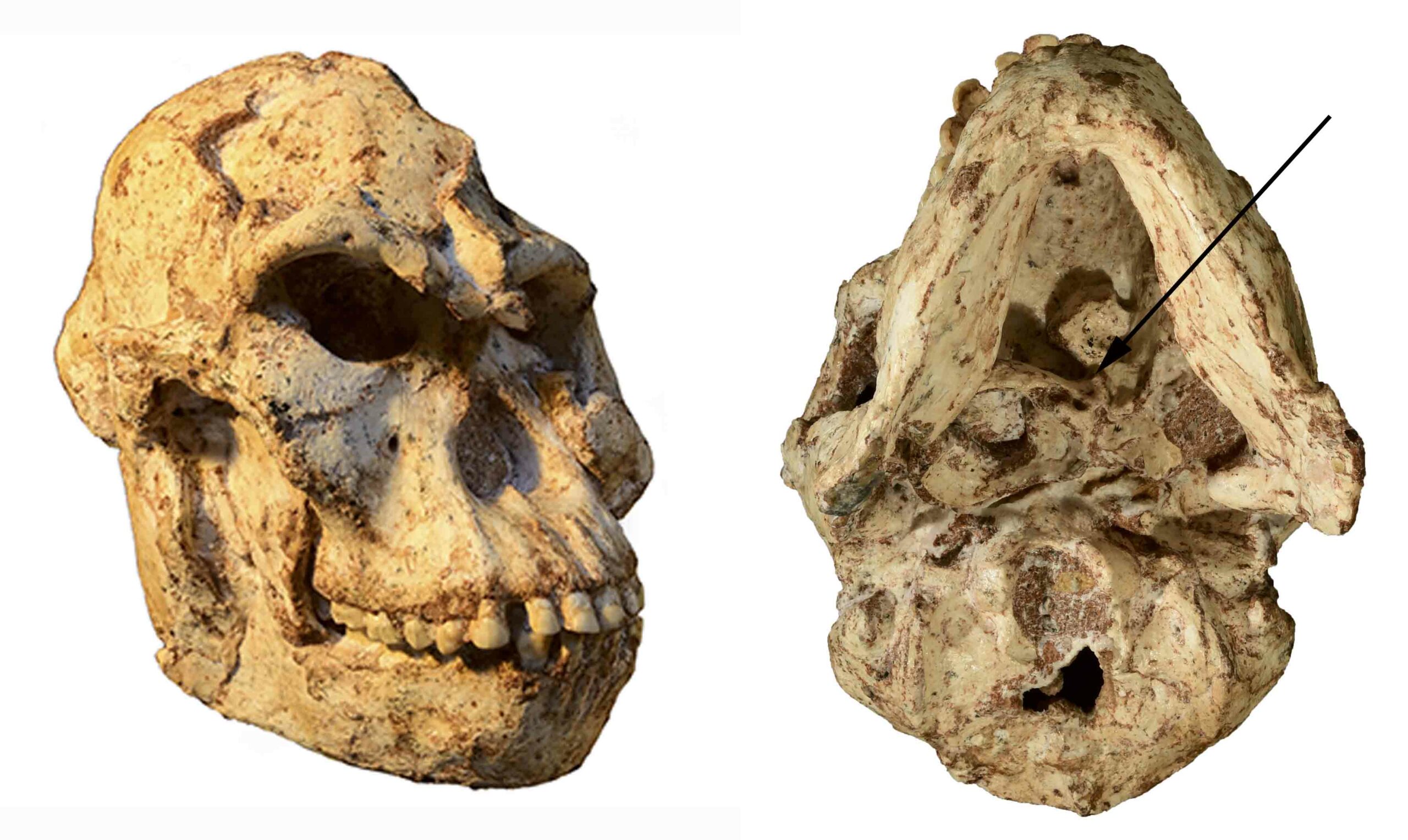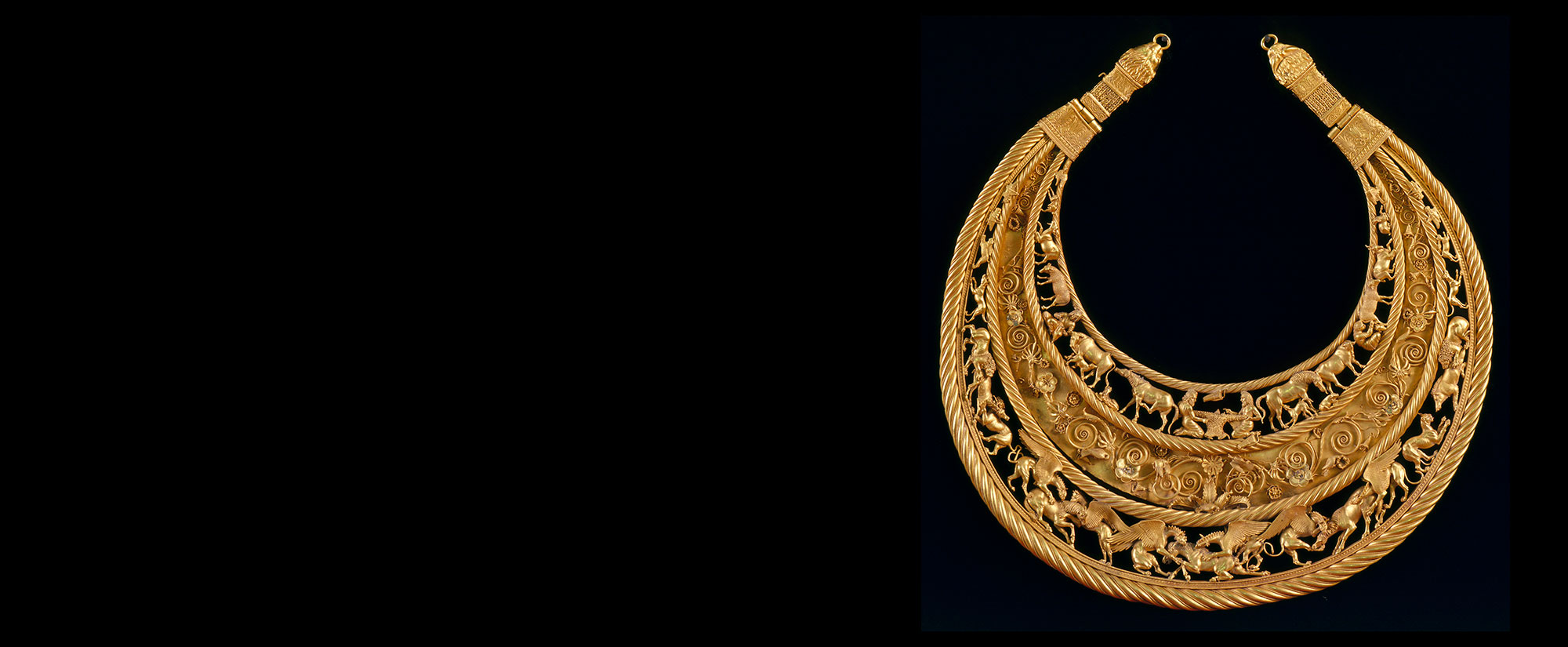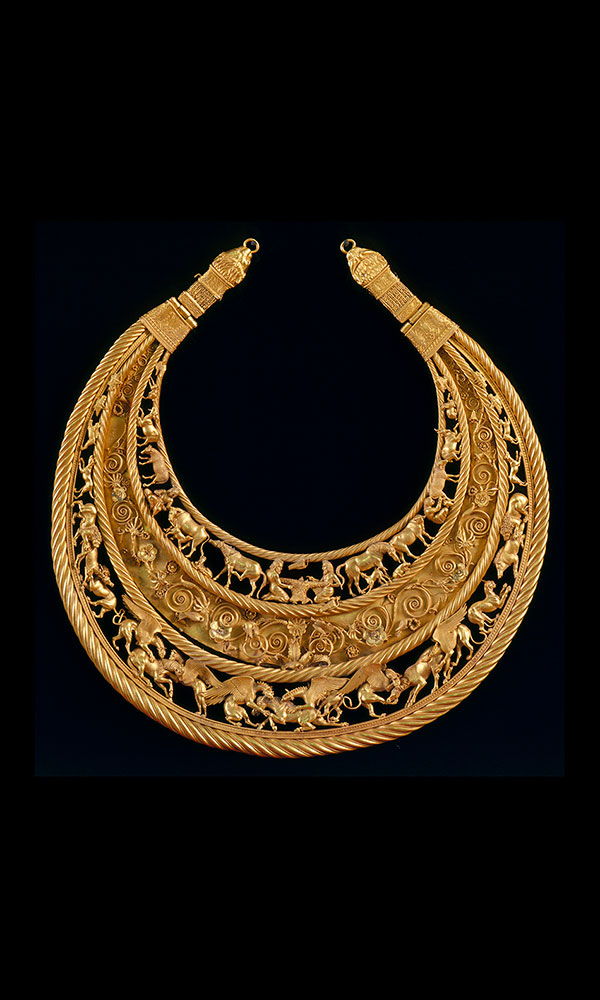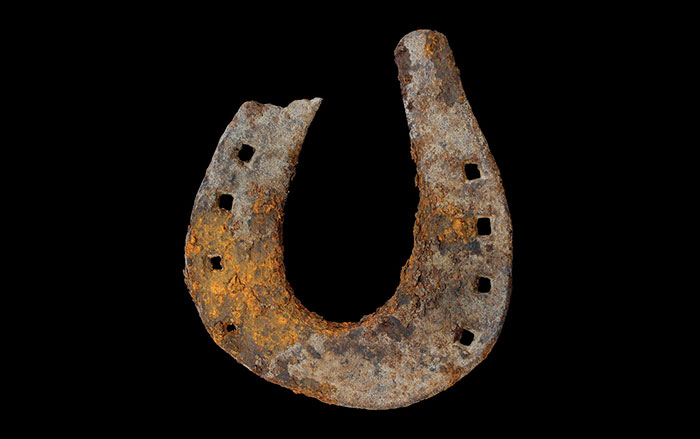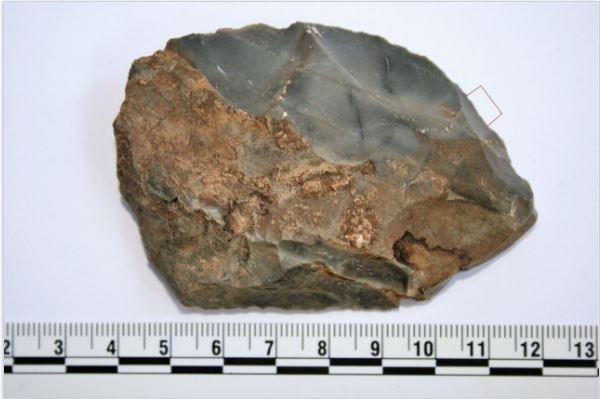
BRITISH COLUMBIA, CANADA—A team led by April Nowell of the University of Victoria has tested 7,000 hand axes, scrapers, flakes, and projectile points unearthed in Azraq, Jordan, with a forensic technique called cross-over immunoelectrophoresis, and detected protein residue on 17 of the 250,000-year-old tools. The residues have been identified as rhinoceros, horse, wild cattle, and duck. Bones of some, but not all, of these animals have been found at the excavation site. “The implication of all of this is these early hominins were engaging in a wide variety of techniques in order to exploit these kind of animals,” Nowell said in a Metro News Canada report. “It might seem obvious to say, but the way you take down a rhino is different than the way you take down a duck.” Nowell explained that the variety of animals that were hunted by hominins suggests that they were able to adapt to their challenging environment with complex survival strategies. To read about another discovery in Jordan, go to "Fact-Checking Lawrence of Arabia."




